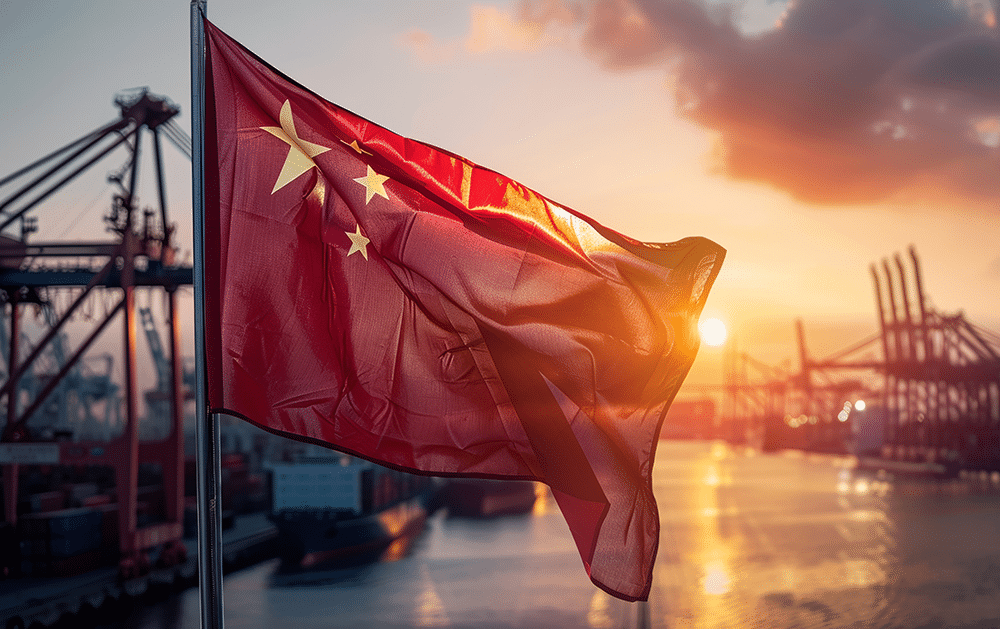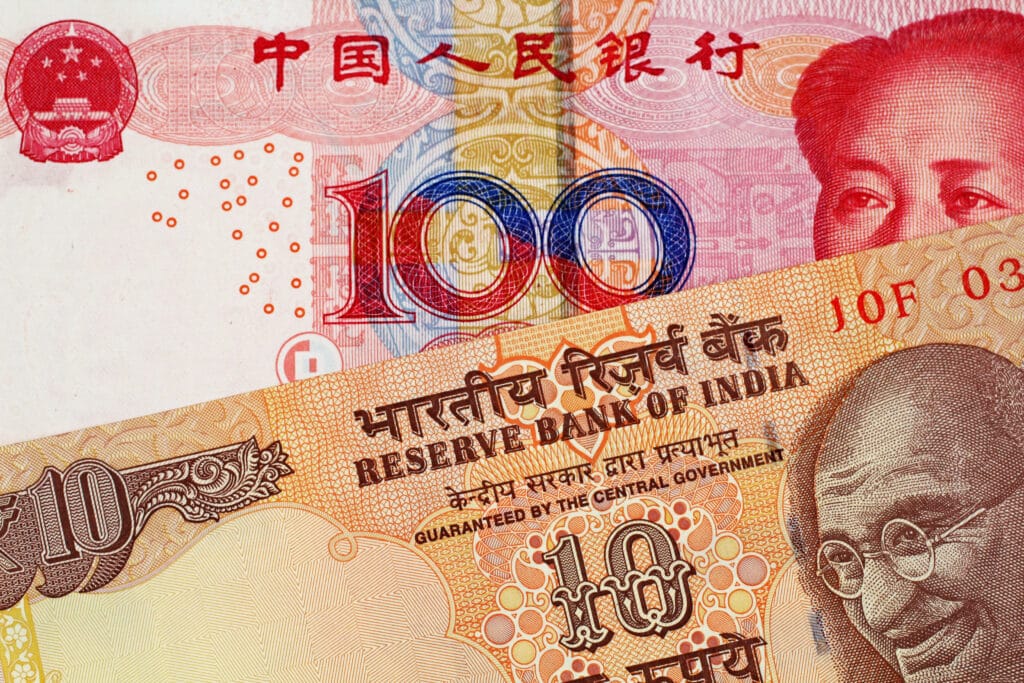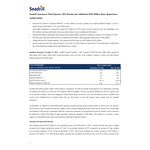It seems all the fears expressed by Indian steelmakers (and policymakers) are coming true. There just seems to be no stopping the flood of cheap steel imports into domestic markets, a problem that continues to cause great agony for Indian steel manufacturing leaders.
India became a net importer of steel in the first quarter of FY25 (April to June), with steel imports exceeding exports by approximately 0.6 million tons (MT). The export of finished steel from India consistently declined throughout the first three months of the fiscal year due to weak global demand and competition from China, while imports steadily increased.
Make informed metal purchases. Subscribe to MetalMiner weekly newsletter with important macroeconomic information to negotiate with power.
Indian Steel Manufacturing Woes: India Battles Rising Influx Amid Export Decline
The Hindu BusinessLine reported that finished steel imports stood at 1.9 MT in Q1FY25, up 30% against the 1.4 MT seen during the same period a year ago. By comparison, exports stood at 1.3 MT, down 38% against the 2.1 MT seen during the previous year.
On a sequential basis, steel imports in June stood at 0.55 MT. This represents a 24% decline over May, at which point it was 0.72 MT. However, imports rose by 14% over the year-ago period, when it stood at 0.5 MT. Nevertheless, Indian steel manufacturing companies and their political allies remain primarily focused on the China import problem.
India’s Steel Industry Looks to Expand Amid Import Surge
India has been a net importer of steel for some time now, particularly as the country battles China on the steel front. Some may recall that according to preliminary Joint Plant Committee (JPC) data, India turned into a net finished steel importer in the fiscal year ending March 2024 (FY24). During that time, finished steel imports rose by 38.2% year-on-year to 8.32 MT, while exports grew 11.5% to 7.487 MT.

Meanwhile, a report from BigMint projects that steel manufacturing in India will grow by nearly 6% year-on-year, reaching 152 MT by the end of March 2025. The report also noted that it expects the projected steel production for the current fiscal year (FY25) to primarily come from steel mills operating blast furnaces. This is because those steel plants established their expansion plans well before decarbonization became a global priority.
That said, there is currently a push to set up India’s first eco-friendly steel-making project. A group led by the Institute of Minerals and Materials Technology (IMMT) recently evinced interest in piloting this initiative using a 100% hydrogen-based DRI production method. According to the reports, the Indian Steel Ministry will partially support the project.However, experts project that the market for DRI (gas and coal-based) will grow by 5% to 54 MT compared to the last fiscal year.
Direct Reduced Iron Capacity Set to Soar to 68 MT
Meanwhile, India’s direct reduced iron production capacity could potentially reach 68 MT by the end of FY2024/2025. Much of this output will stem from secondary plants in the central and eastern parts of the country. It’s also worth nothing that in FY2023/2024, the country produced 52 MT of sponge iron, volumes many analysts anticipate will increase in the coming years.

Experts also seem to agree that the demand for scrap in the country will remain steady at around 32 MT, which is consistent with the previous financial year. Domestically produced raw materials will contribute 24-25 MT, while imports will likely supply around 7-8 MT. For its part, BigMint predicts that imports will decline as local production increases.
Indian Steel Manufacturing Leaders Appeal to Government
While the concern over export issues persists, Indian steel companies are more troubled by the influx of Chinese steel in the domestic market. This is mainly because Chinese steel companies continue to sell steel at heavy discounts, sometimes even below production costs.
Earlier this year, representatives from the Indian steel industry again urged the government to take action against the surge in imports. This comes after a prolonged period of companies requesting that the steel and commerce ministries implement measures to protect against such imports. These include implementing a cess ranging between 8 and 12% on all imports, including those from China.

Some steel company leaders believe Indian authorities must implement a variety of measures to curb the rising steel imports from China as well as from indirect sources like Vietnam. While global steel consumption has declined, domestic demand for Chinese steel has also decreased due to economic concerns and the real estate crisis in China. Consequently, the excess inventory has led to a global oversupply.
Cut steel expenses without compromising quality using the Monthly Metals Outlook report. Start with a free sample report and subscribe for ongoing savings.




